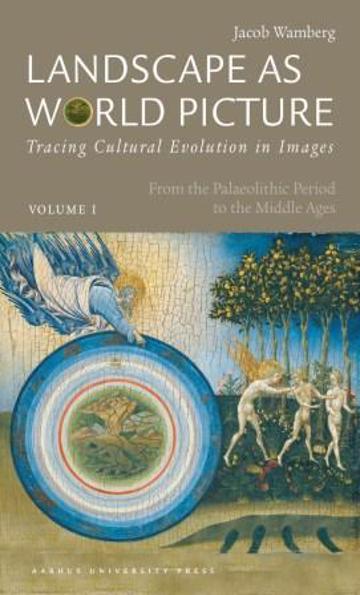
Landscape as World Picture
Tracing Cultural Evolution in Images
En del af fagområderne Kulturhistorie og Kunst og æstetik
Mere om bogen
Om bogen
This book presents a new and comprehensive theory concerning the manner in which landscapes in Western pictorial art may be interpreted in relation to the cultures that created them. Its point of departure is a hitherto unexplored developmental pattern that characterises landscape representation from Palaeolithic cave paintings through to 19th-century modernity. A structuralist comparison between this pattern and three additional fields of analysis - self-consciousness, socially-determined perception of nature, and world picture - reveals a fascinating insight into culture's macrohistorical organisation. Controversially, this book argues that culture at a certain level of observation is marked by directional evolution.
In Volume I the author traces the pictorial depth of field from its Palaeolithic beginnings, in which only separate bodies are portrayed, and on to antiquity and the Middle Ages with their quasi-perspectival vistas. This gradual accentuation of a viewpoint is interpreted as a sign of how self-consciousness - the notion of an T detached from nature - develops. Similarly, the raw rocky terrain and vividly coloured skies that are introduced in ancient and medieval landscape images are taken as a testimony of how cosmos splits into a chaotic Mother Earth and an indestructible masculine heaven. Finally, Volume I demonstrates that the ancient landscape images' exclusion of traces of cultivation (e.g. fields, roads, hedges, fences) is the result of work-shyness, a longing for the Golden Age, among the powers-that-be.
The topic of Volume II is the breakthrough of the modern landscape image and its new perspectival vistas, transient time and cultivated - or completely deserted - terrains. This post-medieval paradigm shift is construed as the mature stage in the evolution of self-consciousness, with an urban individual contemplating nature at an aesthetic distance. Apart from being structurally equivalent with the new Copernican cosmos and the colonial expansion of Western culture, the new territorial landscape image is shown to develop in close interaction with the early modern work ethic, republicanism and capitalism. It is also demonstrated that this landscape image is at odds with the idealising Italian Renaissance vision, a conflict condensed in the imagery of strangely artificial rock formations.
Pressen skrev
Shira Brisman Yale University
"Landscape as World Picture is a masterpiece of art history [...]. Integrating fruitful results from other disciplines - philosophy, psychology, sociology, and the history of religions - as well as those of the most influential art historians, Wamberg's methodologically exemplary analysis puts forth a tremendous contribution that will resonate beyond the boundaries of the history of art."
Herbert L. Kessler Johns Hopkins University
"[The] pathbreaking Landscape as World Picture examines the depiction of rocky wildernesses, cultivated fields, and ruins, [...] paradise and perspective, Gothic modernity and Renaissance conservatism, as well as myriad other topics that will be of interest not only to art historians but to anyone concerned with the emerging [...] consciousness of the world. Deeply informed by theory, both historical and modern, the result is nothing less than a new and original examination of culture's role in the formation of perception itself."
Netop udkommet
Forlaget skriver:
21 maj 2025
Forårets sidste Bogtorsdag 12. juni
Vær med når Aarhus Universitetsforlag sammen med Det Kgl. Bibliotek fejrer forfatterne bag vores nyeste udgivelser til Bogtor…
5 maj 2025
Lagersalg 3. juni 2025
Sæt kryds i kalenderen, og kig forbi, når vi holder stort sommerlagersalg tirsdag den 3. juni 2025 fra kl. 12.00 til 18.00. K…
24 april 2025
Bogtorsdag 8. maj 2025
Vær med når Aarhus Universitetsforlag sammen med Det Kgl. Bibliotek fejrer forfatterne bag vores nyeste udgivelser til Bogtor…




